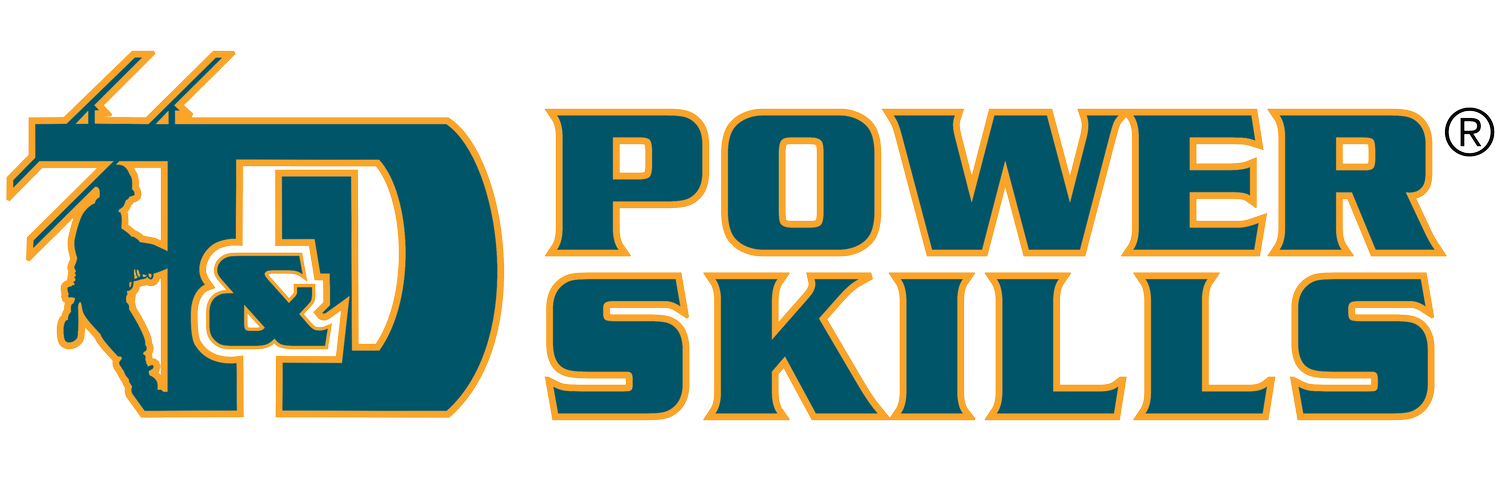Relays 1
COURSE DESCRIPTION
When a fault occurs in a transmission and distribution (T&D) system, current increases and voltage decreases. The increased current causes excessive heating, which, depending on where the fault occurs, can result in a fire or an explosion. If the fault is not quickly isolated, it can damage that may result in loss of service.
T&D systems use various types of control systems to detect and isolate faults with minimum disturbance. A key component of all of these control systems is the protective relay.
COURSE GOAL
This training program examines the functions and operation of some types of protective relays that are commonly found in substations and switchyards.
SUBJECTS AND OBJECTIVES
Introduction to Relays
Explain the purpose of protective relays in a T&D system.
Describe how a protective relay is used in a T&D system.
Describe five common relay elements and explain how they work
Overcurrent Relays
Describe the condition that causes an overcurrent relay to operate.
Describe the basic operating principles of overcurrent relays.
Directional Overcurrent Relays
Identify T&D equipment typically protected by directional overcurrent relays.
Describe the condition that causes a directional overcurrent relay to operate.
Describe the basic operating principles of directional overcurrent relays.
Reclosing Relays
Describe the function of reclosing relays.
Describe the basic operating principles of reclosing relays.
Voltage Relays
Identify the type of equipment that voltage relays typically protect.
Describe the conditions that cause voltage relays to operate.
Describe the basic operating principles of voltage relays.
Auxiliary Relays
Describe the basic function of auxiliary relays.
Describe the basic operating principles of auxiliary relays.
Solid State Relays
Describe the basic operating principles of solid-state relays.
